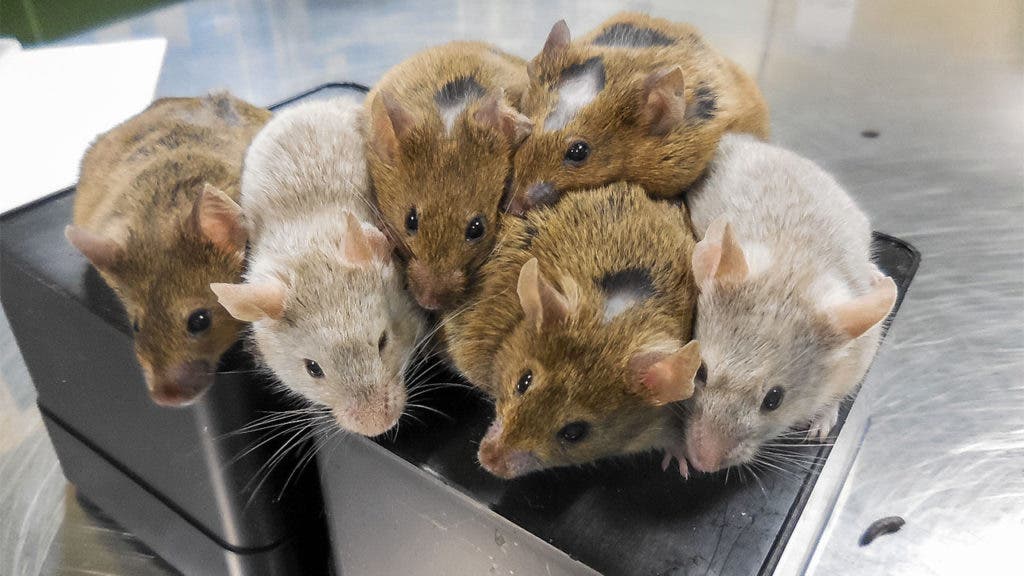A paper that has been met by everyone in the field with cheerful enthusiasm describes how the authors grew mice eggs from the ground up, starting from stem cells. The eggs were then fertilized with sperm and implanted in foster mothers. Though the success rate was less than 1%, some of the embryos grew into healthy pups and later into adults with no sign of dysfunctionality. The implications for fertility, but also the prospect of designer babies, are staggering.
From cell to egg to living mammal
The landmark procedure was performed by Katsuhiko Hayashi and colleagues at Kyoto University in Japan and took a decade to shape. At first, they started by coaxing pluripotent stem cells — cells that resemble stem cells and which theoretically can differentiate into any kind of cell in the body — to turn into egg and sperm cells.
In 2012, the Japanese researchers showed they could make fertile eggs from both mouse embryonic stem (ES) cells and induced pluripotent stem cells (iPS). While these iPSCs are similar to embryonic stem cells, the key difference is that they can be made from any cells from the host, like the skin. Pluripotency implies the capacity for stem cells to become a number of different cell types, but that does not necessarily provide the ability to develop an entire organism.
The discovery of induced pluripotent cells is one of the most important breakthroughs in biology because it means that you can now grow an entire liver or kidney that is biocompatible with the patient. In this case, the donor is the patient himself and millions of lives could be saved in the future once scientists get the knack of growing whole, functioning organs in the dish.
But going back to our mice and eggs, it was only this summer that Hayashi and colleagues fitted one of the last pieces of their jigsaw puzzle when they grew mouse ovaries in the lab, then used them to produce fertile eggs.
In total, around 50 eggs were produced, granted many presented chromosomal abnormalities. Still, 75% of the eggs had the correct number of chromosomes and these were mixed with sperm to produce 300-celled embryos.
The embryos were then implanted into foster mothers, but only 11 or 3% grew into full-term pups compared to 62%, in the case of eggs taken from adult mice and fertilized in vitro. The pups that did survive, though, grew into functioning adults.
“This is truly amazing,” says Jacob Hanna, a stem cell biologist at the Weizmann Institute of Science in Rehovot, Israel. “To be able to make robust and functional mouse oocytes over and over again entirely in a dish, and see the entire process without the ‘black box’ of having to do any of the steps in host animals, is most exciting.”
“Parts of this work were done before — here they are put together in completeness. It’s impressive that they got pups that way,” says Dieter Egli, a stem cell biologist at the New York Stem Cell Foundation Research Institute.
The low success rate means we won’t be seeing human babies born this way anytime soon, but the paper demonstrated a way for infertile women to have their own babies. Another more ethically challenged pathway is that we could one day use this method to make designer babies starting from nothing but a few skin cells, with specific genetic alterations using a tool such as CRISPR-CAS9.
Both scenarios are very far away from becoming reality. The possibilities they entertain can only boggle the mind, though.










